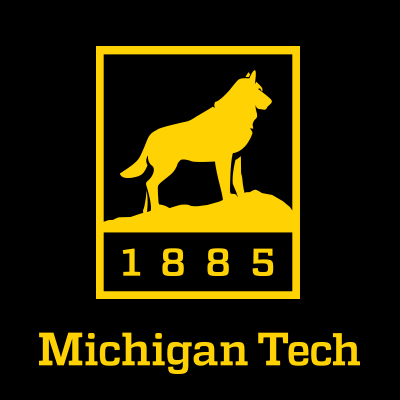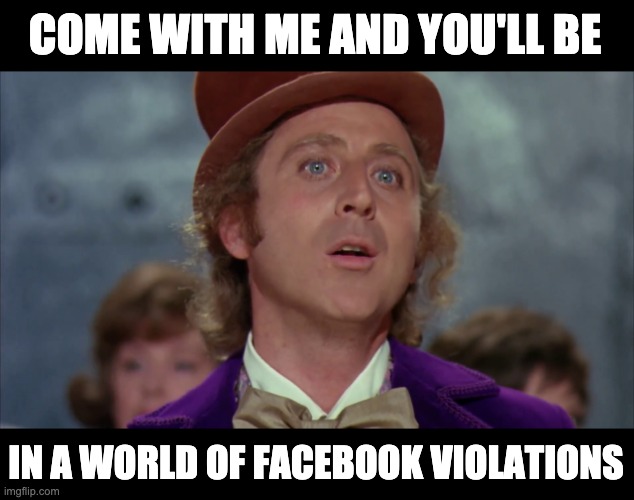
We call it the Cerulean Belt Effect. Content presented on your blog, webpages, in your annual newsletter, at a conference, in an email—anywhere—is not a one-and-done. Present it distinctly, in many shades of the same hue, in many ways. Get it in front of different eyes in different spaces.
In other words, don’t reinvent the wheel. Repackage, repurpose, and share your content everywhere.
As homage to the time-honored marketing rule of seven, check out seven ways, listed in order of importance, to mine content from what has already been created:
7) Your own blogs and web pages
5) Michigan Tech News and Unscripted
4) Google Alert (set one for your College, Institute, or Department)
3) Faculty accomplishments, teaching honors, and conferences
2) Flickr (Michigan Tech and other University-related accounts)
1) Student stories
Here’s another take on the Rule of Seven (and rethinking alphabetical lists) from marketing guru Seth Godin and more social media posting resources and more blog goodness from your UMC team.
Keep the social media questions coming to the University Marketing and Communications editorial team at social@mtu.edu. We’ll get to as many as we can as fast as we can. For more tips, check out our social media field guide.




